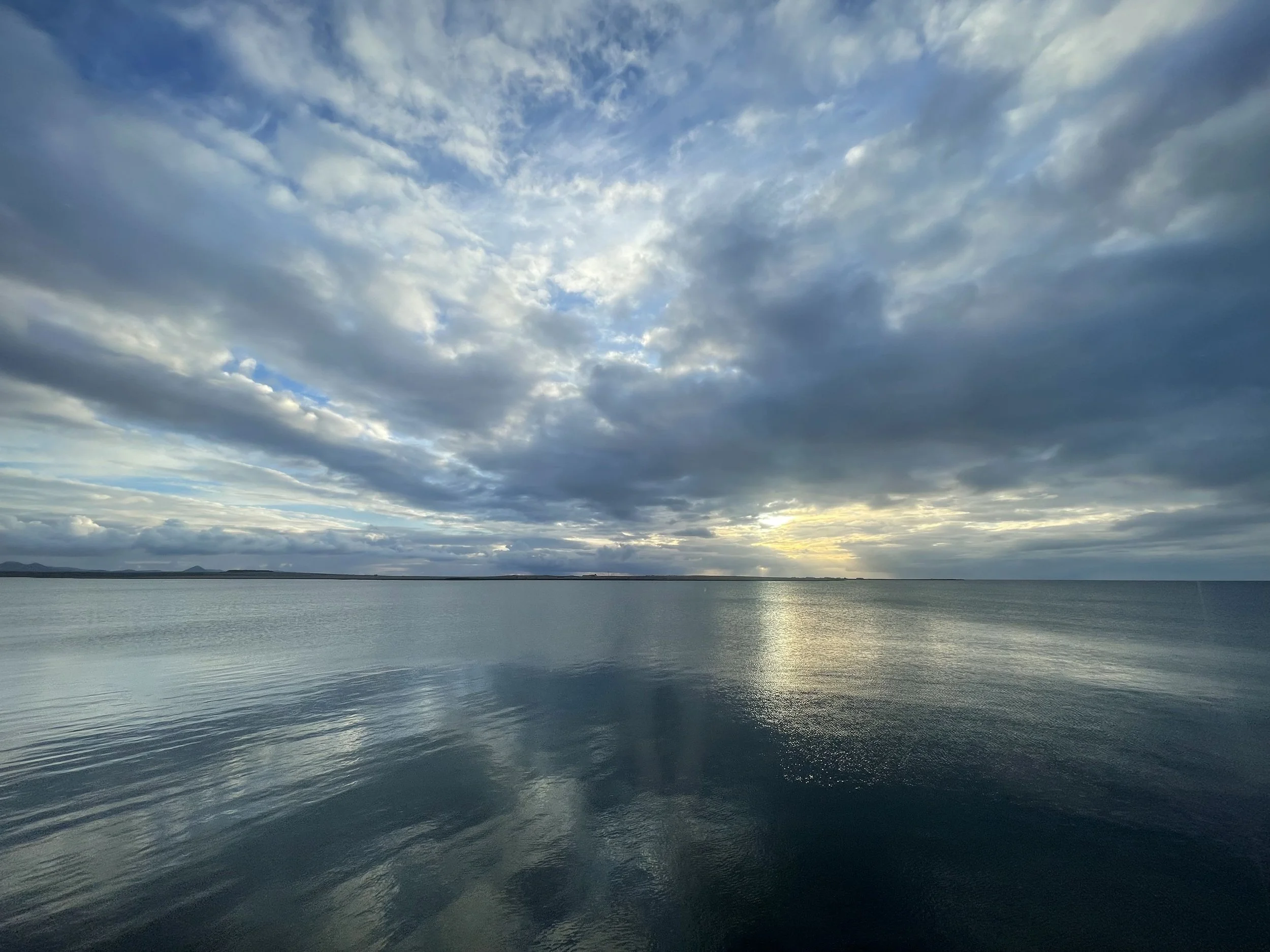“Indigenous Knowledge” Helping Mend the Nature-Culture Divide
Drop by Drop, until the Cup is Full
Helping Kids Connect to the Earth
The Finer Points of Getting to Know You
Doctrine, Ritual, and Spiritual Development
Doctrine – the codification of beliefs, teachings, and practices – is an important element for established institutional religions. It clarifies what a religion expects of its followers, how to behave toward one another and…






